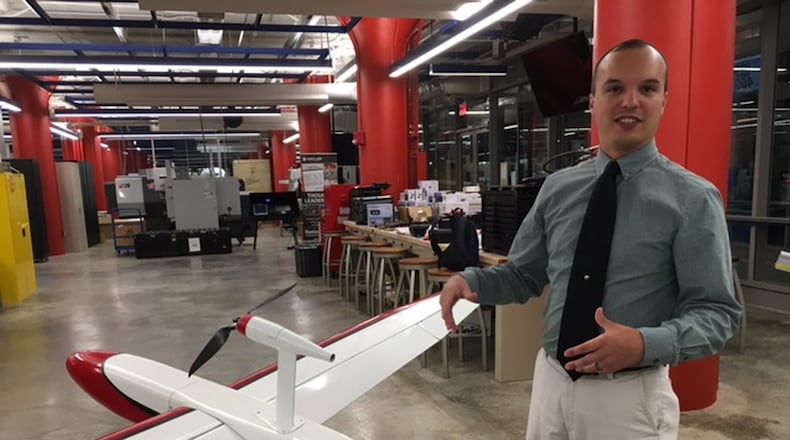Ohio has traditionally lagged the national average attainment rate – the percentage of workers with a high-value credential or a two- or four-year college degree. Today, Ohio’s attainment rate is a significant two points below the national average. And Dayton and Montgomery County’s rates are lower than the state average, even as the number of local young people and adults with credentials and degrees has increased significantly in the last few years.
For past generations, having a high school diploma was education enough to provide a middle-class life. But today’s well-paying jobs require more knowledge and training and in-demand skills. Because too many Ohioans haven’t had the opportunity to go on to college or take specialized training, we have a skills gap — shorthand for saying we have more skilled jobs than we have people who are qualified to fill them.
Ohio needs 1 million more people with advanced skills to keep Ohio’s economy strong. Specifically, Ohio needs at least 65 percent of our workers to earn a high-value credential or two- or four-year degree.
Not everyone needs a college degree — licensed or certified plumbers, electricians, IT specialists, hair stylists, HVAC technicians and medical professionals earn good salaries and have rewarding careers. But these jobs require young people — and older adults, too — to participate in credential or degree programs.
A group of about 40 public and private leaders across Ohio began exploring the connection between increasing the number of individuals with degrees and credentials and economic vitality a couple of years ago. Their focus was simple: Let’s find ways for Ohio to prepare and keep our talent in the state.
Their blueprint, Bridging Ohio’s Workforce Gap, details five ways to make that happen:
- Help Ohioans understand how having a degree or credential will improve their ability to get and keep in-demand jobs.
- Ensure education programs are teaching students the skills that employers need them to have.
- Make post-high school education accessible and affordable.
- Help Ohioans complete, not just start, their educations after high school.
- Develop regional partnerships to address local education and workforce needs.
We have incredible partnerships in Dayton. For instance, the University of Dayton/Sinclair Academy allows students to seamlessly move from a two-year degree program to a four-year college, making a bachelor’s degree more affordable and minimizing their debt. Ohio’s College Credit Plus program, which allows students to earn college credit for free while they’re still in high school, is an increasingly popular way to give young people a cost-saving jump-start on college. Learn to Earn Dayton and its partners are helping drive up completion of the FAFSA, that all-important document that is required for students to receive financial aid.
Bridging Ohio’s Workforce Gap proposes numerous strategies, including helping businesses expand education and training opportunities to current and potential workers; increasing internships, apprenticeships and co-ops; and helping formerly incarcerated individuals get jobs.
We’re doing all of these things in our community. But we need to be even more aggressive. We have the right assets in place. We just need to expand our work, so that everyone in our community has the chance to have a rewarding career and share in the American Dream.
Please join with us to make both Ohio Strong and our region Dayton Strong.
Eric F. Spina is President of the University of Dayton. Steven Johnson is President of Sinclair Community College.
About the Author


